Articles tagged kubernetes
JHipster Microservices on AWS with Amazon Elastic Kubernetes Service

In this tutorial, you’ll use JHipster to build a microservice stack and deploy it to Amazon Elastic Kubernetes Service (EKS). The microservices will use Java and Spring Boot for resource servers and Vue for the frontend. The server-side applications will use Spring’s Reactive technology stack. The microservice will include multiple databases and database types: PostgresSQL, MongoDB, and Neo4j. You’ll secure the service using OAuth 2.0 and OpenID Connect (OIDC), with Okta as the OIDC provider....
How to Deploy Java Microservices on Amazon EKS Using Terraform and Kubernetes
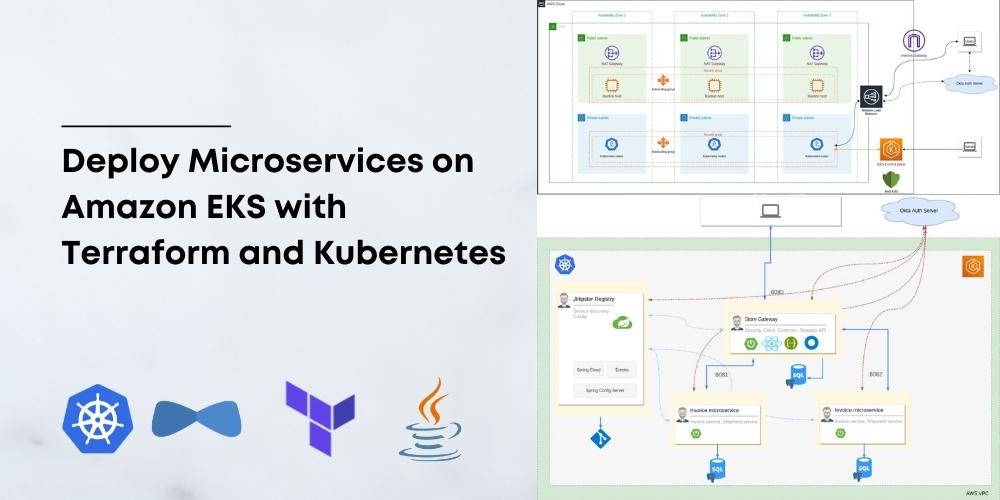
When it comes to infrastructure, public clouds are the most popular choice these days, especially Amazon Web Services (AWS). If you are in one of those lucky or unlucky (depending on how you see it) teams running microservices, then you need a way to orchestrate their deployments. When it comes to orchestrating microservices, Kubernetes is the de-facto choice. Most public cloud providers also provide managed Kubernetes as a service; for example, Google provides Google Kubernetes...
Cloud Native Java Microservices with JHipster and Istio
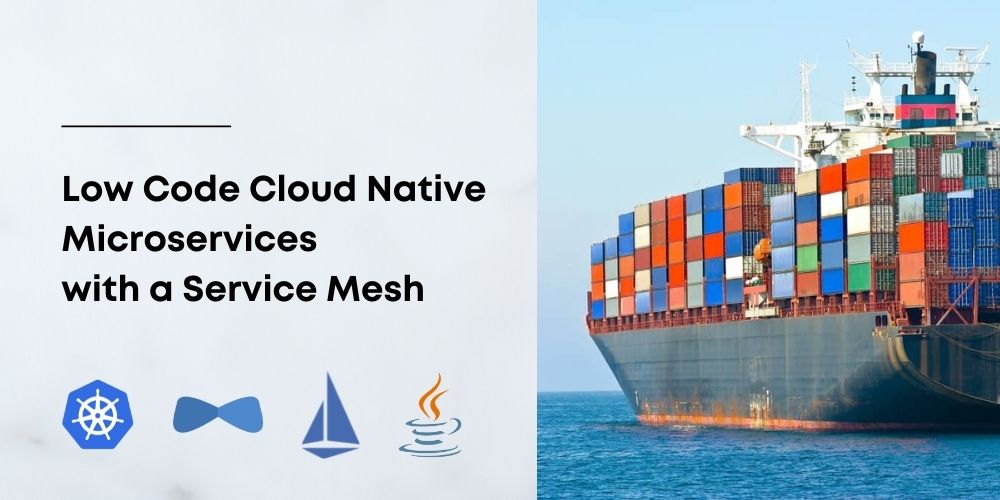
Microservices are not everyone’s cup of tea, and they shouldn’t be. Not every problem can or should be solved by microservices. Sometimes building a simple monolith is a far better option. Microservices are solutions for use cases where scale and scalability are important. A few years ago, microservices were all the rage, made popular, especially by companies like Netflix, Spotify, Google, etc. While the hype has died down a bit, genuine use cases still exist....
Run Microservices on DigitalOcean with Kubernetes
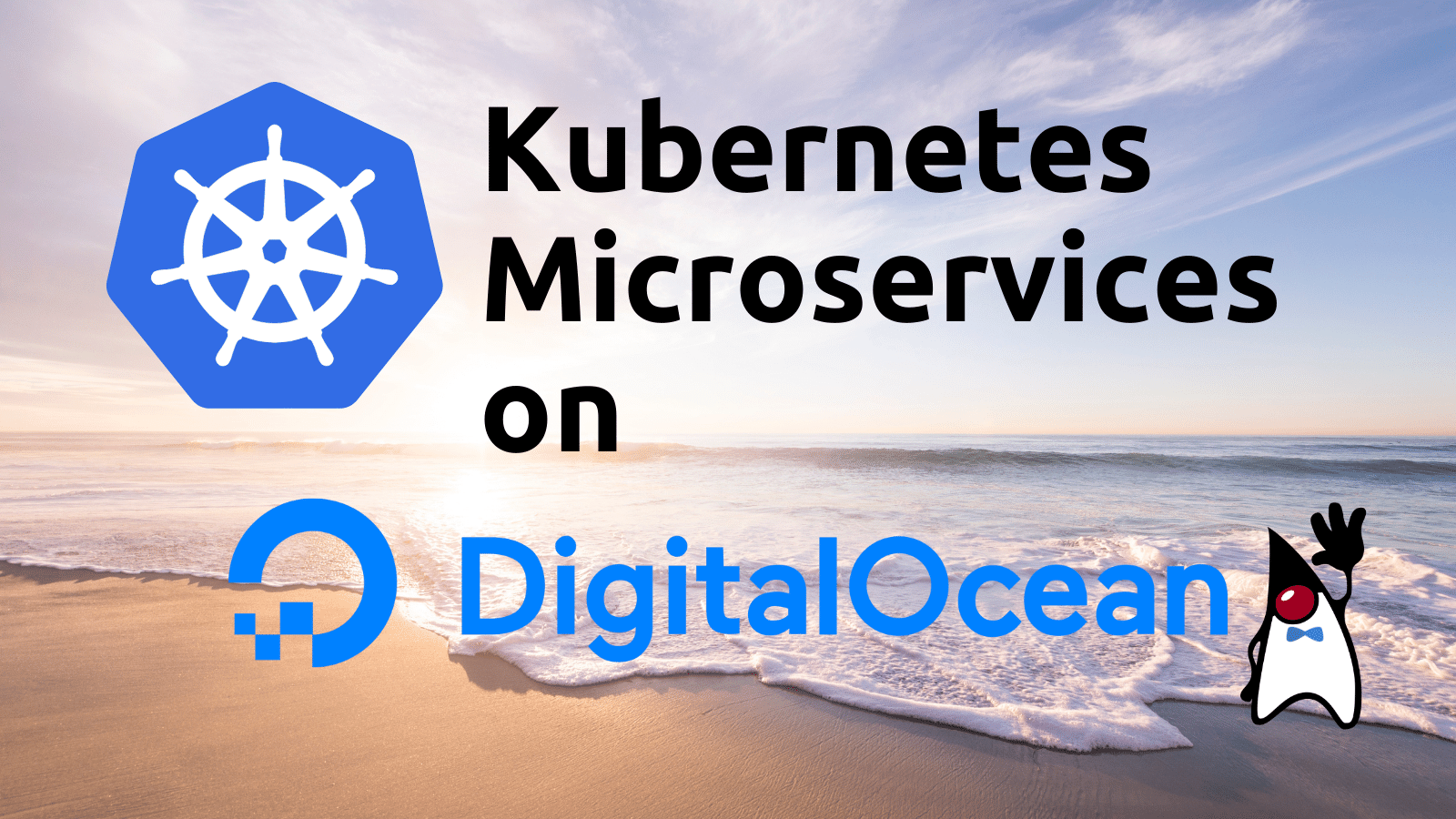
Cloud adoption continues to increase rapidly worldwide, and not only in the software industry. Every year more and more companies move their applications to the cloud. In the last JHipster community survey, from December 2021, participants valued JHipster’s ability to get them to production faster, and requested more tutorials on deployment to cloud platforms. DigitalOcean is among the most popular “other” cloud vendors, according to some surveys. This post is a quick walk-through of the...
Kubernetes Microservices on Azure with Cosmos DB
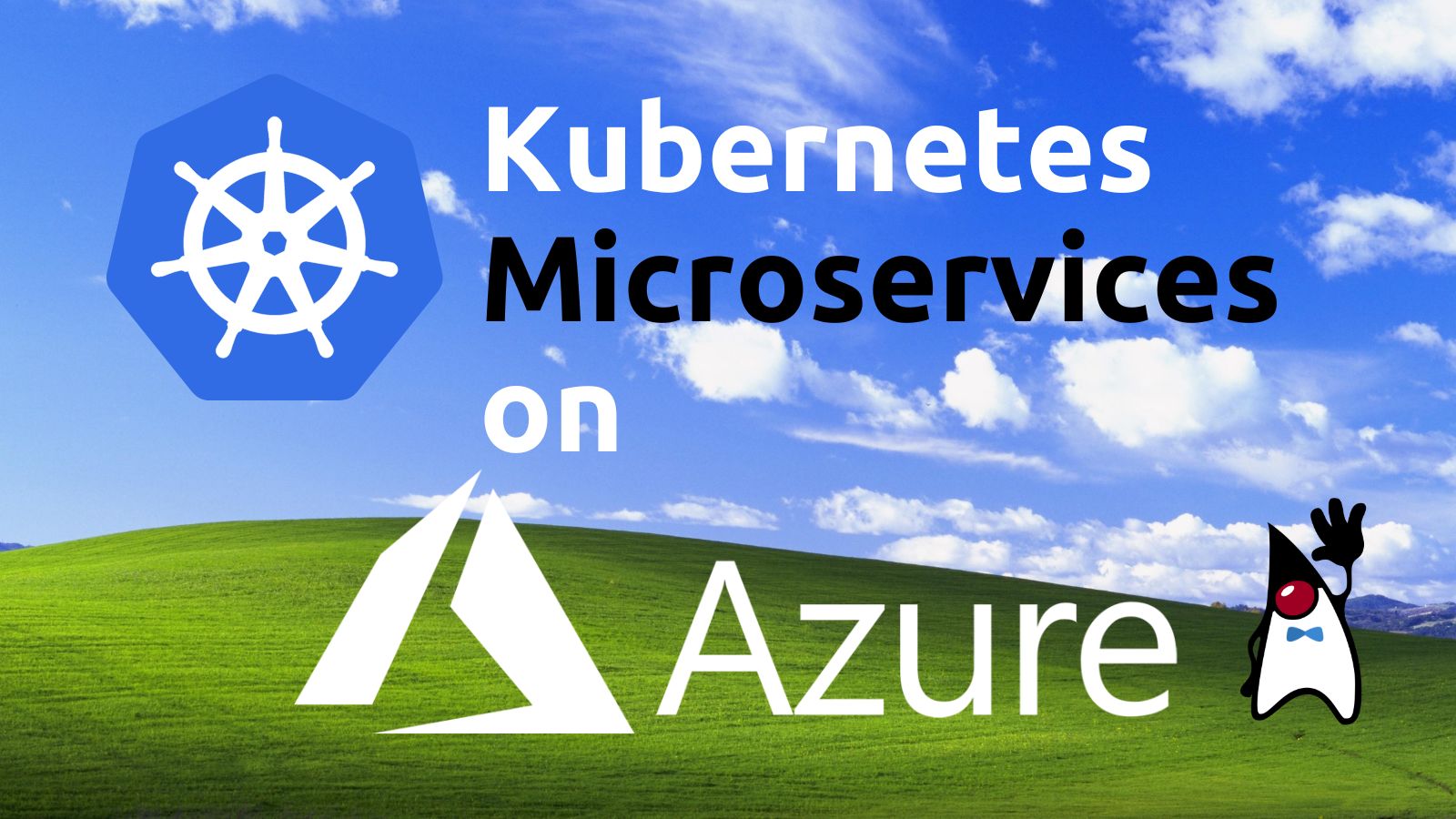
In this tutorial, you’ll learn how to deploy a JHipster-based reactive microservice to Azure Kubernetes Service (AKS). You’ll use Azure’s Cosmos DB as a persistent store for one of the services. For security, you’ll use Okta as an OAuth 2.0 and OpenID Connect (OIDC) provider. You’ll also securely encrypt all secrets in the project configuration files using Kubernetes secrets and kubeseal. This tutorial focuses on deploying an already generated project to Azure AKS. It does...
Containerless! How to Run WebAssembly Workloads on Kubernetes with Rust
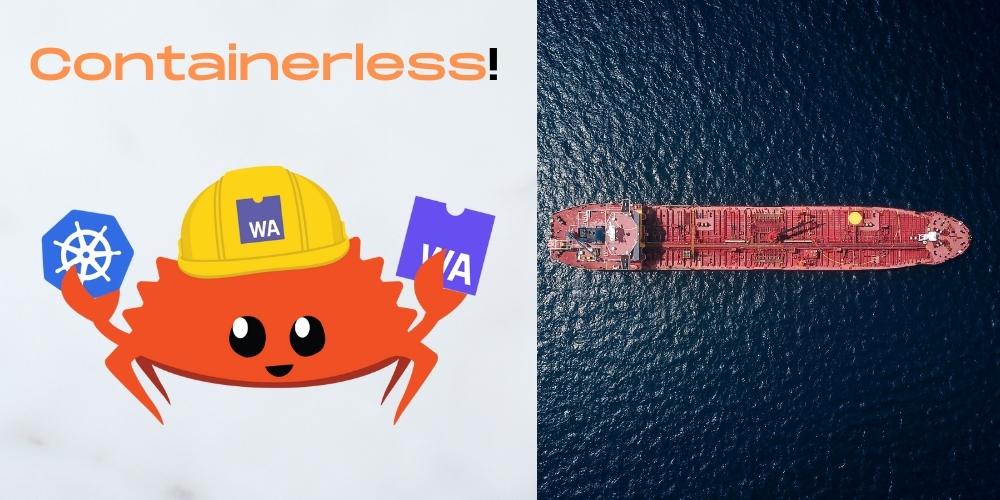
WebAssembly (Wasm) is one of the most exciting and underestimated software technologies invented in recent times. It’s a binary instruction format for a stack-based virtual machine that aims to execute at native speeds with a memory-safe and secure sandbox. Wasm is portable, cross-platform, and language-agnostic—designed as a compilation target for languages. Though originally part of the open web platform, it has found use cases beyond the web. WebAssembly is now used in browsers, Node.js, Deno,...
How to Secure Your Kubernetes Clusters With Best Practices
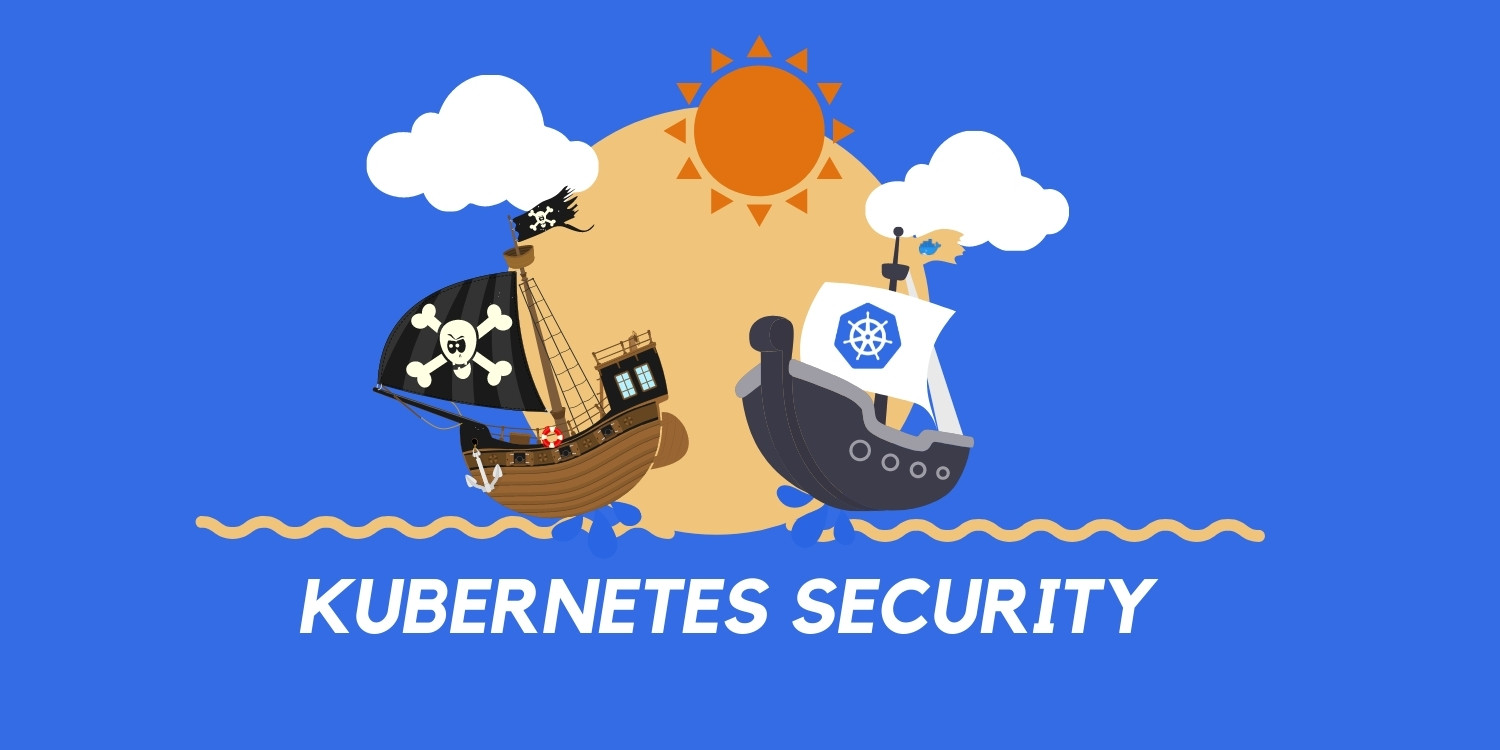
Kubernetes has become an unavoidable part of a software infrastructure these days. If you are an enterprise or medium/large company, chances are you are already running Kubernetes clusters for your workloads. If you are a DevOps engineer, there is a good chance you are maintaining either an on-prem Kubernetes cluster or a PaaS like Amazon EKS, Microsoft AKS, or GKE. But regardless of how you run your Kubernetes clusters, you need to make sure that...
How to Secure Your Kubernetes Cluster with OpenID Connect and RBAC
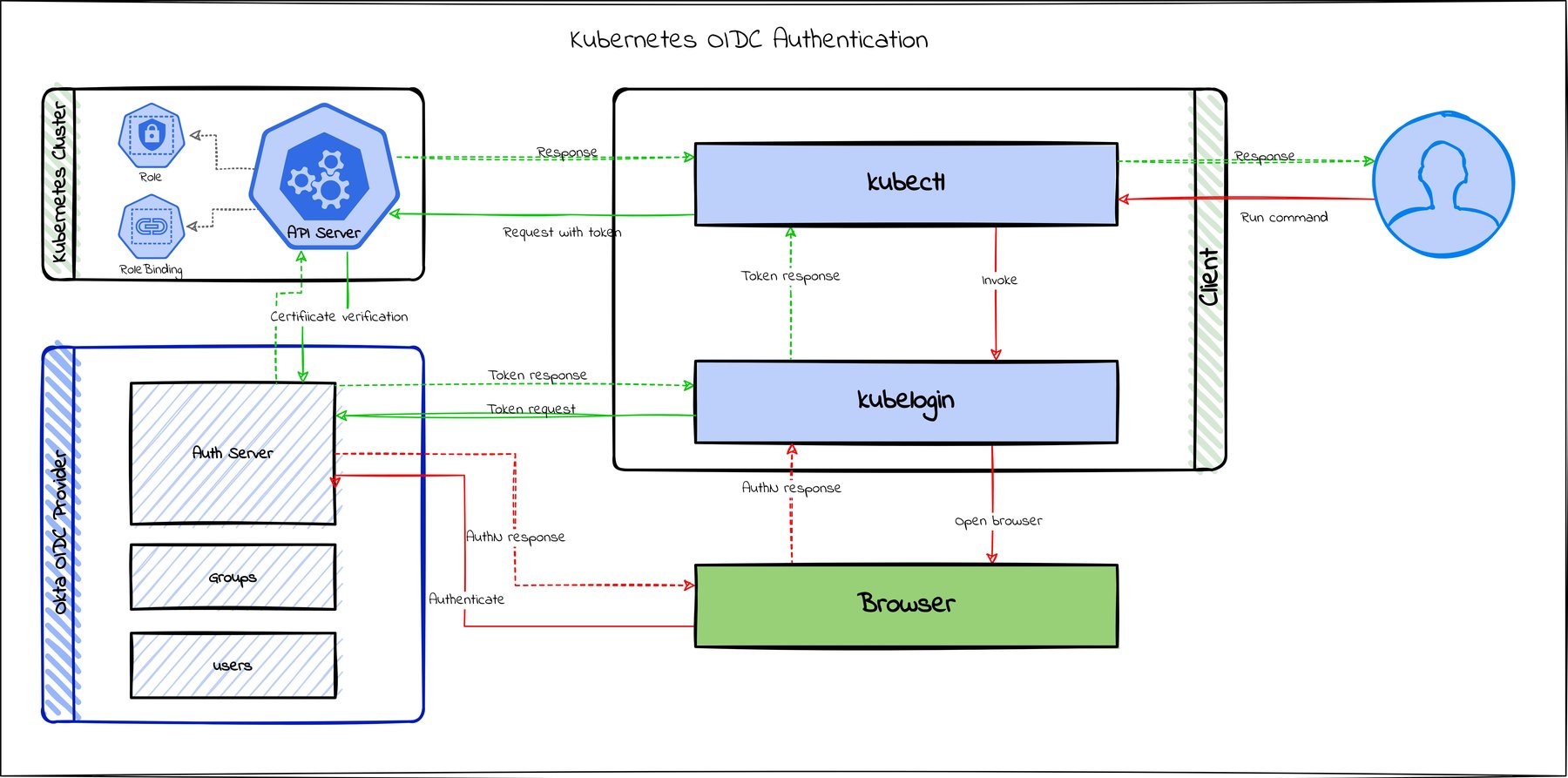
A Kubernetes (k8s) cluster comprises worker machines called nodes and a control plane consisting of the API server, scheduler, etcd, controller manager, and in the case of a PaaS (platform as a service), the cloud controller manager. The containers deployed to the cluster run in pods on the worker nodes. At the same time, the control plane takes care of scheduling, responding to requests, and managing the cluster. When you communicate with a Kubernetes cluster,...
Kubernetes To The Cloud With AWS: Deploying a Node.js App to EKS
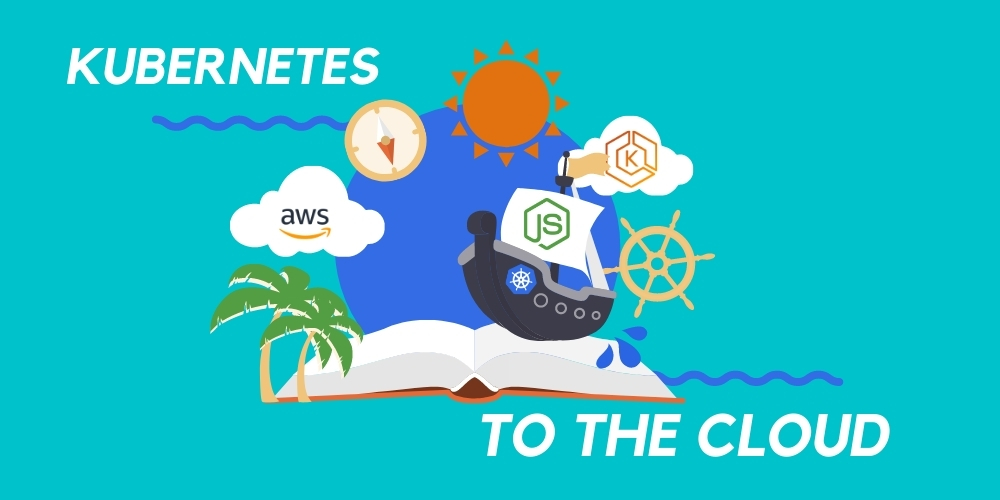
Since 2013 when it was released to the public, Docker has become an industry-standard tool for development teams to package applications into small executable containers. A year later, Kubernetes was released by Google to manage large amounts of containers, and provide features for high availability (HA) and auto-scaling. While Kubernetes adds many benefits to your container management, you might find the process of setting up Kubernetes within your on-premise infrastructure quite challenging, especially on the...
Spreading Some Okta Love to the DevOps World

Hello Oktaverse! So finally, I have landed at Okta on my second attempt 😉. I’m so excited about this new chapter in my career journey and can’t wait to see what’s in store. But first, introductions. Who am I I’m from the south of India, a village in Kerala to be specific, but I grew up in Chennai since my parents moved there looking for work when I was 12. I like to call myself...
Kubernetes to the Cloud with Spring Boot and JHipster
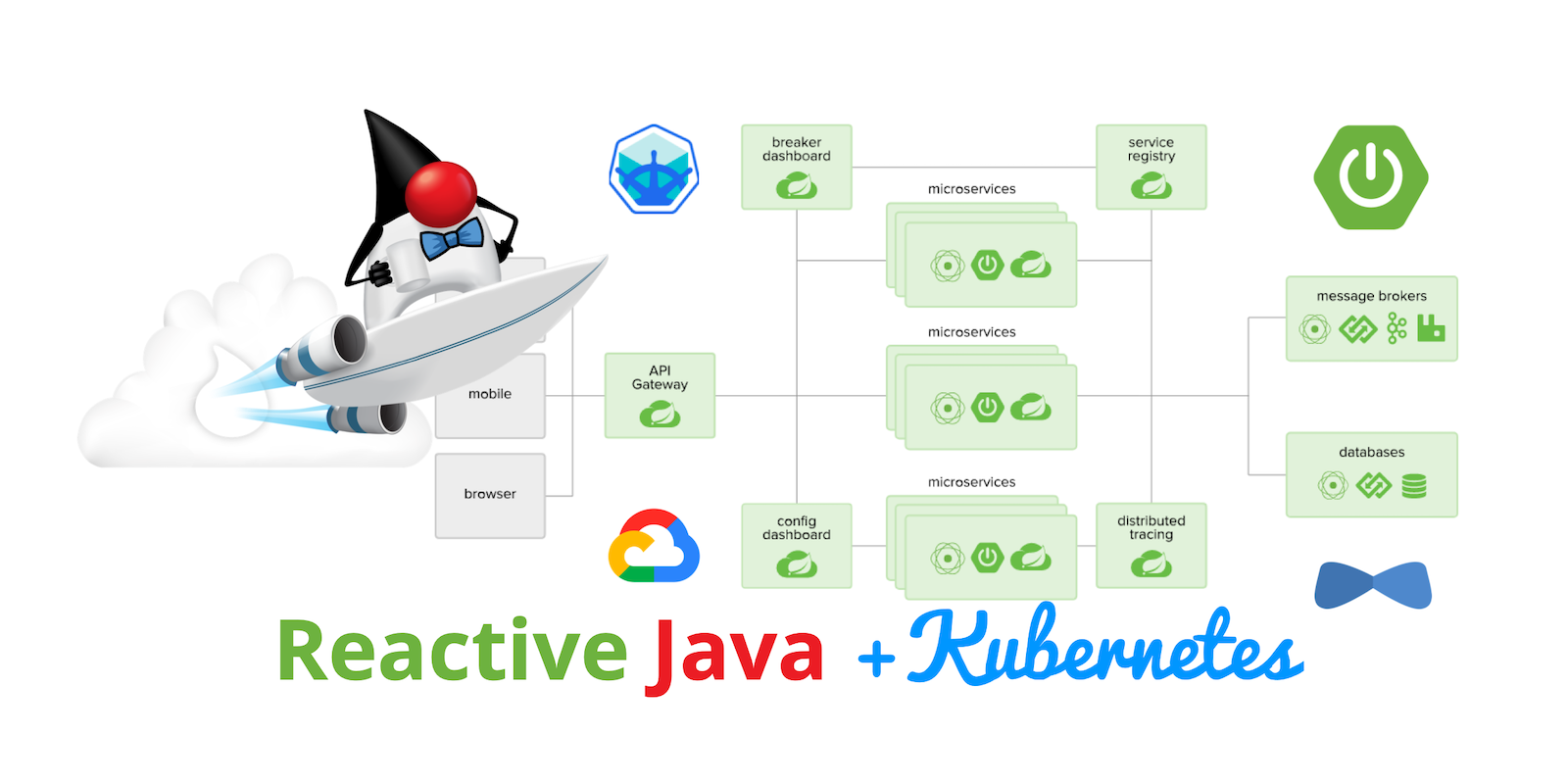
When your business or application is successful, it needs to scale. Not just technology-wise, but human-wise. When you’re growing rapidly, it can be difficult to hire developers fast enough. Using a microservices architecture for your apps can allow you to divide up ownership and responsibilities, and scale teams along with your code. Kubernetes is an open-source platform for managing containerized workloads and services. Kubernetes traces its lineage directly from Borg, Google’s long-rumored internal container-oriented cluster-management...
Build a Microservice Architecture with Spring Boot and Kubernetes

In this tutorial, you’re going to use Kubernetes to deploy a Spring Boot microservice architecture to Google Cloud, specifically the Google Kubernetes Engine (GKE). You’re also going to use Istio to create a service mesh layer and to create a public gateway. The whole thing is going to be secured using Okta OAuth JWT authentication. That was a mess of jargon. We’re not going to explain microservices in-depth here. In short, microservices are a design...
Build a Mobile App with React Native and Spring Boot

React Native is a framework for building mobile applications with React. React allows you to use a declarative style of programming to describe how your UI should look. It uses embedded HTML (called JSX) to render buttons, lists, scrollable views, and many other components. I’m a seasoned Java and JavaScript developer that loves Spring and TypeScript. Some might call me a Java hipster because I like JavaScript. In this post, I’m going to show you...
Add CI/CD to Your Spring Boot App with Jenkins X and Kubernetes
A lot has happened in the last five years of software development. What it means to build, deploy, and orchestrate software has changed drastically. There’s been a move from hosting software on-premise to public cloud and shift from virtual machines (VMs) to containers. Containers are cheaper to run than VMs because they require fewer resources and run as single processes. Moving to containers has reduced costs, but created the problem of how to run containers...
Develop and Deploy Microservices with JHipster
JHipster is one of those open-source projects you stumble upon and immediately think, “Of course!” It combines three very successful frameworks in web development: Bootstrap, Angular, and Spring Boot. Bootstrap was one of the first dominant web-component frameworks. Its largest appeal was that it only required a bit of HTML and it worked! Bootstrap showed many in the Java community how to develop components for the web. It leveled the playing field in HTML/CSS development,...